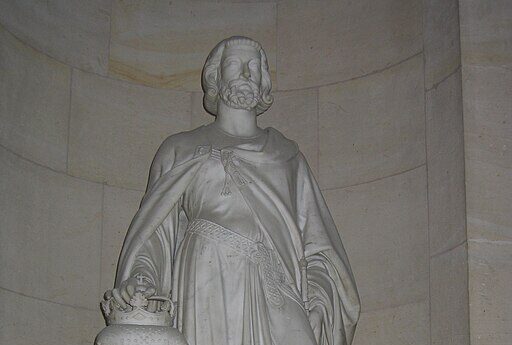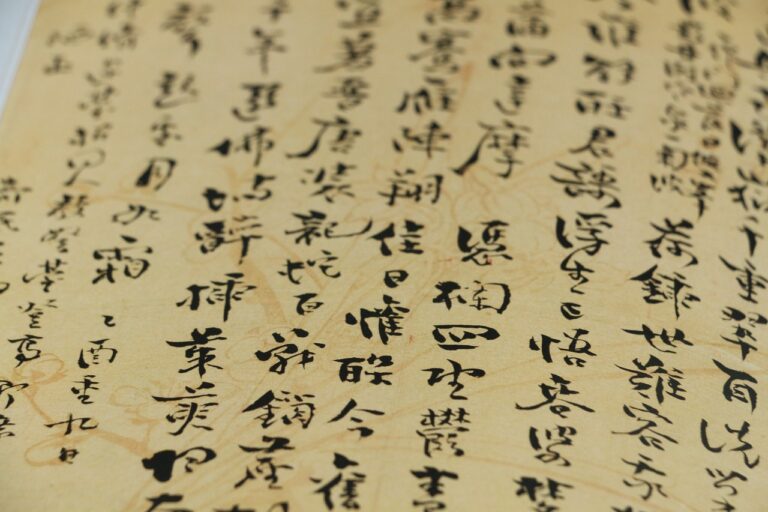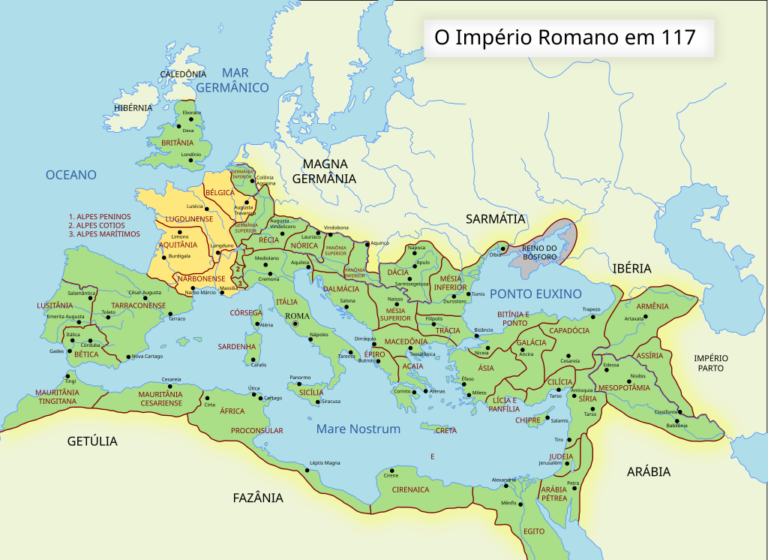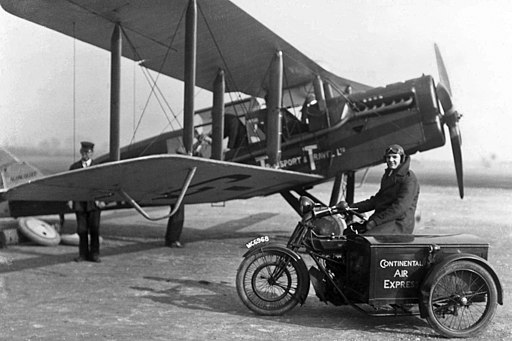
The Habsburg dynasty, one of Europe’s most powerful royal families, is infamous for its extensive use of consanguineous marriages (marriages between close relatives) to maintain political alliances, consolidate power, and preserve wealth. However, this practice resulted in significant health problems for the dynasty, most famously manifested in physical deformities and genetic disorders.
Consequences of Inbreeding
The Habsburg Jaw (Mandibular Prognathism) is a distinctive facial feature characterized by an elongated jaw and pronounced underbite that passed through generations. A typical example is Charles II of Spain, whose extreme jaw deformation impaired his speech and chewing. In addition, the dynasty suffered from a high incidence of physical and mental disabilities, infertility, and miscarriages due to the limited genetic pool.
Key Incestuous Marriages
Ferdinand I and Anna of Bohemia and Hungary (1521)
- A marriage between first cousins that furthered the dynasty’s territorial ambitions but perpetuated genetic issues.
Maximilian II (Holy Roman Emperor) and Maria of Spain (1548)
- Maximilian II married Maria of Spain (his first cousin), the daughter of Charles V, Holy Roman Emperor.
Rudolph II (1552–1612)
- Rudolph was the product of multiple cousin marriages. His severe mental instability and possible genetic illnesses (e.g., schizophrenia) have been attributed to the high levels of inbreeding in his lineage.
Philip II of Spain and Anna of Austria (1570)
- Philip II, a son of Charles V, married his niece, Anna of Austria.
- Their son, Philip III, exhibited traits of the Habsburg jaw.
Ferdinand II (Holy Roman Emperor) and Maria Anna of Bavaria (1600)
- Ferdinand II, a devout Catholic and key figure in the Thirty Years’ War, married his first cousin Maria Anna of Bavaria. Their descendants included Ferdinand III and Leopold I, Holy Roman Emperor, who exhibited notable Habsburg features.
Ferdinand III and Maria Anna of Spain (1631)
- Maria Anna, daughter of Philip III of Spain, married Ferdinand III, her uncle. This marriage exemplifies the frequent intermarriage between the Spanish and Austrian Habsburg branches to consolidate power.
Philip IV and Mariana of Austria (1649)
- Mariana was Philip IV’s niece, resulting in Charles II having a remarkably high coefficient of inbreeding. Studies on the Habsburgs’ lineage reveal that Charles II of Spain had an inbreeding coefficient of 0.25, equivalent to the offspring of a brother-sister union. The severe health issues of Charles II left him childless, causing the extinction of the Spanish branch of the Habsburgs.
Maria Theresa (1717–1780) and Francis I, Holy Roman Emperor (1736)
- Though not as closely related as earlier marriages (Maria was his his second cousin), their union reflected a preference for alliances within the family circle. The Austrian branch continued until 1918, since inbreeding practices became less pronounced in later generations as external alliances grew more common.






